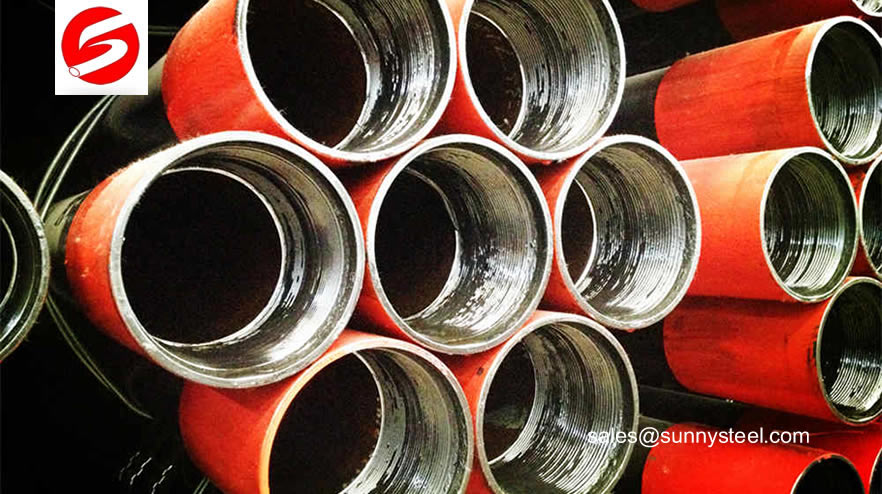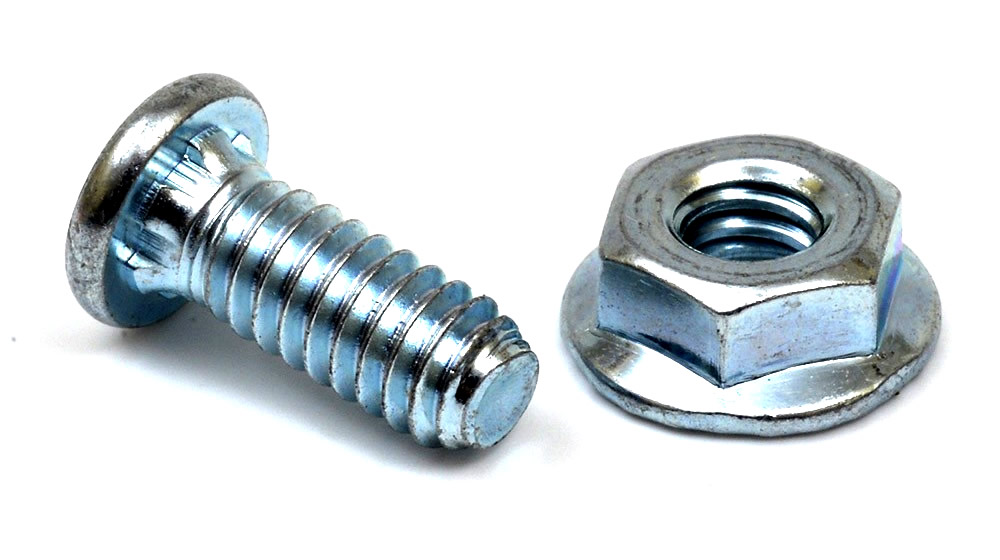The weight of a pipe depends on the weight density of the material that composes the pipe as well as the physical volume of the pipe. Weight density measures the amount of compactness of the pipe material expressed in pounds per cubic foot.
The volume of a pipe equals its surface area times its thickness. Specifically, the surface area of a pipe is the same as a cylinder and equals the number of square inches that can cover the curved sides of the pipe.
T.W.=(A-S)*S*31.4/1000 T.W.=[(24.65*(B-S))+(15.7*(A-B))*S]/1000 T.W.=[(A+(B/2*3.14))/2/2-S]*S*3.14 T.W.=24.65*(1.06*SW+1.11*S)*S/1000 |
Subtract the pipe’s wall thickness from the pipe’s outside diameter. For example, if you had a pipe with a diameter of six inches and a wall thickness of two inches, you would subtract two from six to get four.









